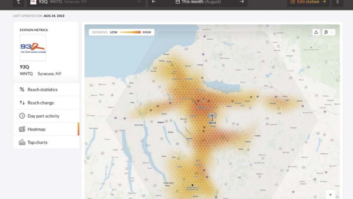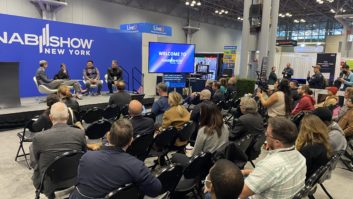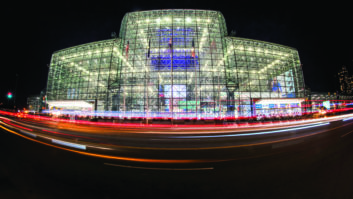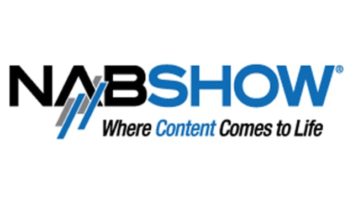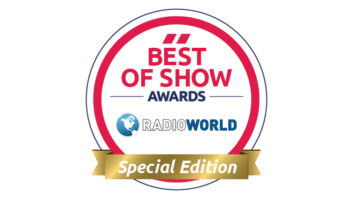What topics will be on the minds of radio managers at the upcoming NAB Show?
It seems certain that artificial intelligence will be among them.
Most of us probably had never heard terms like OpenAI, GPT or generative AI until a couple of months ago, when awareness of tools like ChatGPT exploded. Radio industry discussion has focused on the many ways AI tools might make radio workflows more efficient — or take away jobs.
The exhibits and suites are likely to provide more grist for those discussions.
For example Futuri, which will have a suite at the show, has launched RadioGPT, calling it “the world’s first AI-driven localized radio content solution.” It combines GPT-3 technology with Futuri’s AI-based story discovery and social content system, TopicPulse, along with AI voice tech. The service can scan social media and other sources of information to identify topics that are trending in a given market; then it uses AI to create a script for on-air use, and AI voices turn that script into audio.
We probably can expect conversations at the show about whether this tool and others like it will be job killers. But Futuri CEO Daniel Anstandig calls it playing to radio’s strengths: “The ability for broadcasters to use RadioGPT to localize their on-air content in a turnkey fashion opens up resources for them to deepen their important home-field advantages in new and unique ways. … With RadioGPT, there should never be a ‘liner card’ or ‘sweeper-only’ air shift again. Now everyone can be live and local.”
Among companies trying it out in beta form are Alpha Media in the United States and Rogers Sports & Media in Canada.
Veritone, an exhibitor whose products deploy artificial intelligence, has taken a growing profile with media companies like iHeartMedia, Audacy and ESPN. Sean King, Veritone’s SVP and general manager, commercial enterprise, will have his eye on more collaboration and partnerships at the show.
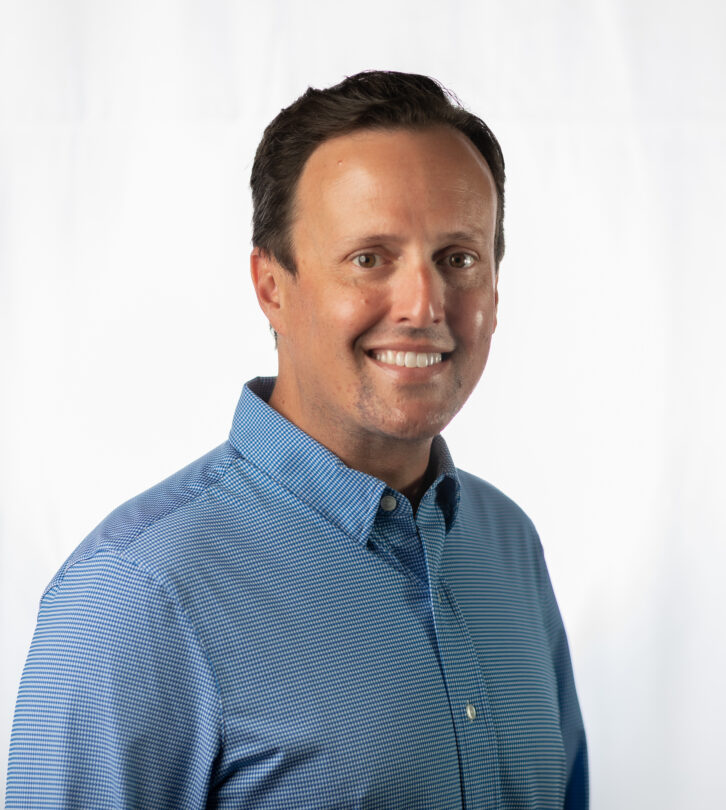
“Radio managers, specifically, need to be thinking about which technologies to embrace and lean into, whether that’s synthetic media or automation tools to ensure their organizations are around for the next NAB,” he said.
“Everyone in this space needs to learn not only how to keep up with content demands and new platforms but how to reach new audiences while remaining authentic to their programs’ values and brand. Also, it’s critical they do this in a way that boosts their revenue because, at the end of the day, every business is trying to evolve and grow.”
We asked King if people who value their jobs in radio should be frightened by artificial intelligence, synthesized voice and the industry’s general trends toward streamlining and centralization.
“I think about farming. Advances in equipment didn’t put farmers out of business, it made them more efficient. Now, many successful farms utilize AI to analyze weather patterns, make predictions and optimize their crop growth,” King said.
“AI provides great insight to those in (and outside of) the radio industry. Take attribution and proof of performance, for example. Without real data, stations and advertisers are merely guessing at what’s working. Without AI, it can take a long time to sift through content archives to find a needed clip. With AI, it can be done in mere seconds.”
King said that synthetic voice, also known as AI voice, gives content creators, including radio hosts and broadcasters, the ability to create content such as liners, promos, news and weather alerts and more without the need to go into the studio to record each one.
“This allows their voice to be in two or more places at once. Additionally, they can do this in multiple languages, offering greater accessibility and inclusion for their content as well as open up new markets and diversify their revenue streams.”
A demand for on-demand
What about important issues beyond AI?
Steven Goldstein is founder and CEO of Amplifi Media, which advises companies on podcasting strategy, content development, audience retention and organizational design.
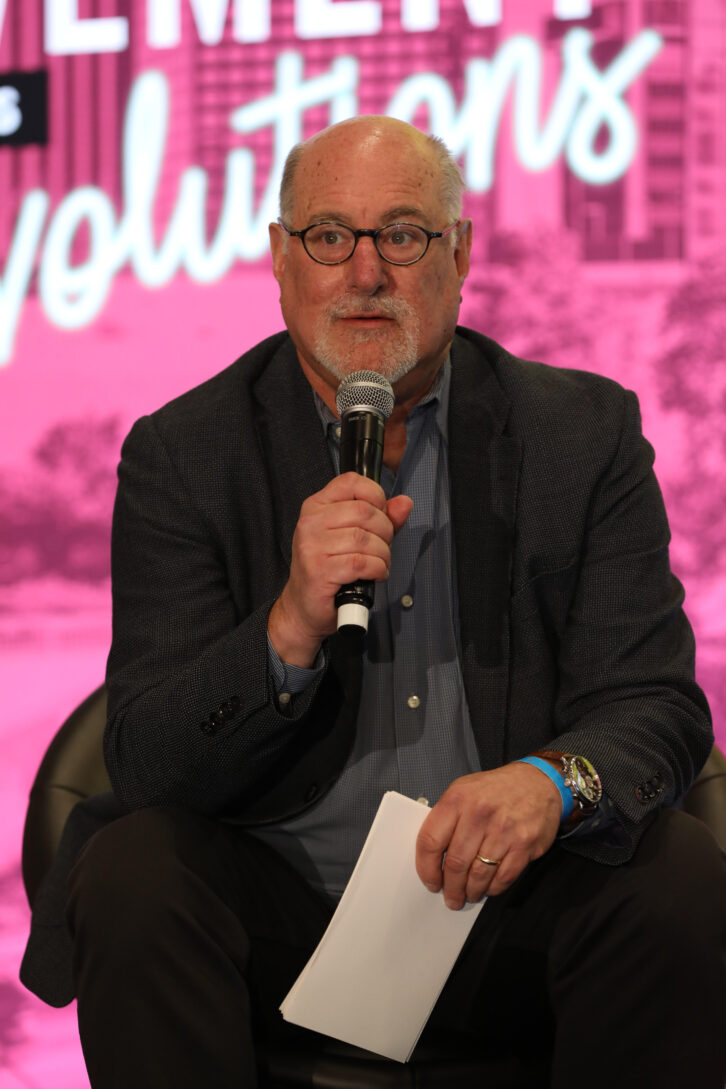
From his perspective heading into convention season, Cumulative Audience for radio is holding up pretty well, “but the underlying issues of eroding Time Spent Listening and the serious drop in Persons Using Measured Media over the years has to be more on the radar. On-demand is going to be critical part of many radio stations’ futures.”
Just as the video business has been forever changed by on-demand streaming of shows, he said, the same future holds true for audio.
“People expect to play content at a time convenient for them. That’s why podcasting has to be on the list for spoken word shows and stations.”
Emily Lindner is founder and president of TruNorth, which helps CFOs and CTOs manage their assets and expenses. For her the most important trend and challenge for radio is the exponentially increasing rate of innovation, from production to consumption.
“This industry’s status quo has clearly been disrupted, and many firms are firmly rooted in the way things were,” she said. “The agility needed to seize the moment, if not create the moment, requires confidence, capital and culture. COVID and declining revenues have folks playing it safe, which is the death of creation.”
Major cap-ex investments with three years left on the books now are considered “end of life,” viewed as “anchors blocking agility,” she said. Enterprise software assets chosen a decade ago yet just fully implemented recently are being bested by low-code, no-code SaaS apps.
Lindner calls 2023 “a meteor shower of better-faster-cheaper solutions. Creating a culture of innovation is a must to stay relevant and profitable.”
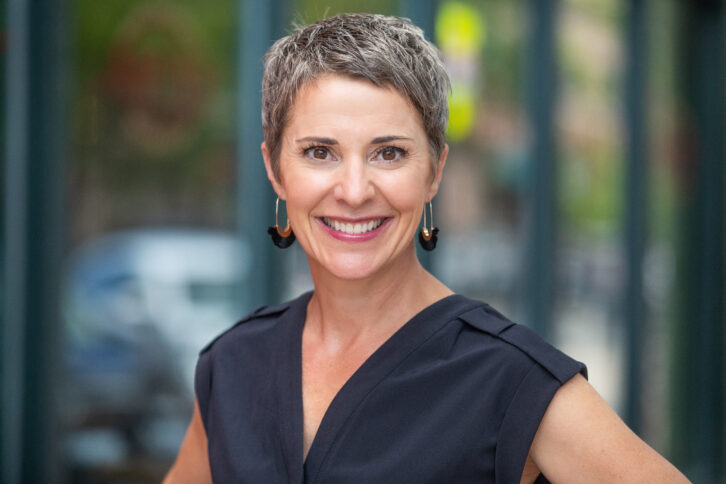
She expects that radio will see more consolidation and automation, “sad for some but exciting for others,” and that a focus on operational efficiencies will be important. “This is the time to consistently ask your people, competitors and partners: Is there a better way to do this or that function?”
Radio, Lindner concluded, has excelled at creative genius, with the best, brightest and zaniest concepts thrilling advertisers and listeners. “Leveraging the capital from these established assets and revenue streams to drive confidence and lead from the front is paramount. I’ll never forget hearing Caroline Beasley talk about the future of e-sports five years ago. It seemed like a mirage. Why? In 2023, I get it.”
Broadcast District
The NAB Show and the National Association of Broadcasters itself are both celebrating their centennials. NAB has a website called “Celebrating 100 Years,” providing an interactive journey through its history and evolution (check out the pix). The association also is accepting stories from people about their own broadcast and convention memories.
If you do go to the show, get ready to spend a lot of time over at the West Hall.
The organizers announced this winter that a new “Broadcast District” will include not only many of the exhibitors relevant to radio and TV, but also the Broadcast Engineering and IT Conference sessions. West Hall will also host the Small- and Medium-Market Radio Forum; the NAB Diversity Symposium; and the NAB Leadership Foundation’s Focus on Leadership Speaker Series.
Further, on three days of the show, there will be a “TV and Radio HQ” in West Hall, which will include the NAB Member Lounge, a “Sip-and-Speak Series” of brief Q&As with industry experts; a “Discussion Den” that promises “deep-dive discussions and workshops” for broadcasters; happy hours and other activities.
An NAB official told Radio World that all of the shuttle routes will be the same. “The only thing that will be changing slightly for shuttles is that during the morning, they will be dropping off at West Hall first, to encourage attendees to use the West Hall registration area.”
This shifts the center of gravity for broadcasters at the event. The 2022 NAB Show was the first where the billion-dollar, 1.4 million-square-foot West Hall was open for business. If this year’s show follows the pattern set by CES in January, a lot more people will be getting their first look at the new hall in 2023.
Among other highlights for radio:
Several presentations will help broadcasters who are interested in creating video on a tight budget, including streaming high school sports.
A Sunday session called “Radio Works — Positioning Radio in 2023” is sponsored by the Radio Advertising Bureau and will feature speakers from Westwood One/Cumulus Media, Zimmer Radio and Marketing Group and Cox Media Group.
On Monday, the annual “Ask the FCC” session will give broadcasters a chance to ask questions of commission staff. Also that day, Adrian “Stretch Armstrong” Bartos and Bobbito García will be inducted into the NAB Broadcasting Hall of Fame. They made their names in the 1990s hosting the “Stretch Armstrong and Bobbito Show” at Columbia University’s WKCR(FM) and are considered key figures in the evolution of hip-hop on radio.
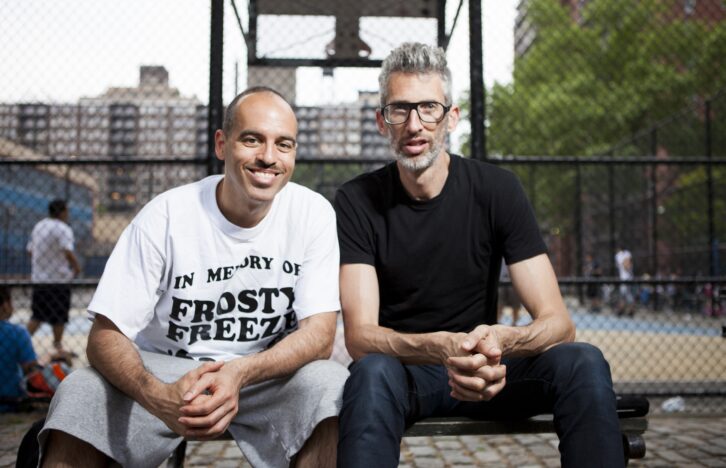
And the convention organizers also have launched an Excellence in Sustainability Awards program to “recognize individuals, companies and products for outstanding innovations in media technology that promote conservation and reusability of natural resources and foster economic and social development.”
Watch for our preview coverage of technical sessions, coming soon.





